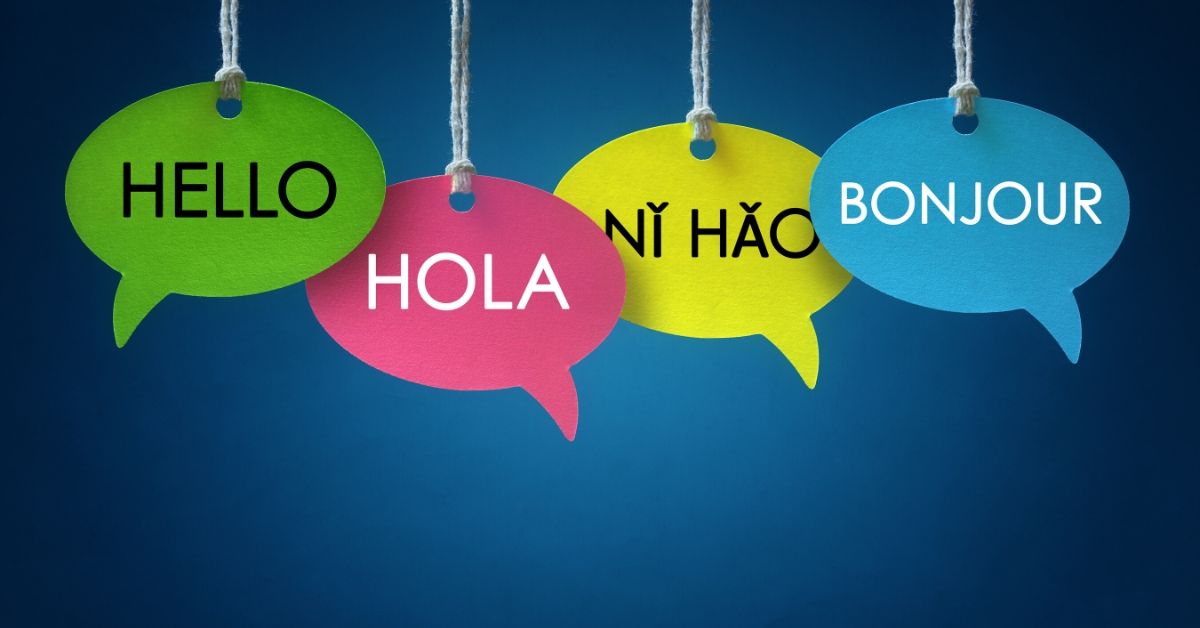Language translation has never been as important as it is today. A world as connected as today's, in which more than 7,000 languages are spoken, requires impeccable work on the part of translation professionals. While translation is, without a doubt, demanding work that is full of responsibility, it is also full of remarkable curiosities.
Seven great curiosities of the translation world
Generally speaking, a translation service allows you to adapt the text on your website, in a book, or on any other medium into the language of your choice. Nevertheless, the work of a translator can also be found in the other fields, as we find in diplomatic relationships. That’s why it is no surprise we find cases as curious as the following:
1. HYPERPOLYGLOTS
If you are Spanish or from a Spanish-speaking country, normally you can speak and understand Spanish with no problems and, often times, hold your own (or least make yourself understood) in English. In other words, the average person speaks one language and some of a second.
Perhaps you have heard of bilingual or trilingual people or even polyglots (people who can speak more than 3 different languages). But did you know there is a term for those who speak more than six different languages? These people are known as hyperpolyglots who, aside from being true prodigies, are very useful when translating all kinds of languages, as they have an amazing capacity to master them quickly.
2. THE CASE OF IOANNIS IKONOMOU
Ioannis Ikonomou is a Greek translator who works for the European Commission. As you would expect, this organization uses hundreds of translators for all its services and the huge amount of documents it generates. To do so, it relies on people who have mastered two, three, or more languages in a professional environment. However, the case of Ikonomou is rather special: He speaks 32 languages fluently and even a few dead languages! Incredible, right? According to Ikonomou, he learned them for fun.
3. BRAILLE
You may have never stopped to think about this reading system, which is an indispensable tool for blind people, but, did you know that every language has its own version of braille? This means that the people who translate this system are also in high demand.
4. THE WORLD'S MOST TRANSLATED DOCUMENT
The Universal Declaration of Human Rights, ratified by the UN in Paris in 1948, is the world's most translated document. It is available in over 500 languages, which gives you an idea of just how important this document is throughout the world.
5. ENDANGERED LANGUAGES
Although the figures vary according to each researcher’s criteria, according to data from the University of Cambridge, there is currently a total of 6,909 world languages. It is also believed that about 2,400 are at risk of extinction. As a general rule, these languages are native to small communities that are letting them go in favor of other more widespread languages, such as English or Chinese.
6. THE LONGEST ALPHABET
Spanish and English have a rather common amount of letters, with 27 and 26 respectively. However, Khmer, the official language of Cambodia, has 74 letters. Some other character-based languages, like Chinese or Japanese, can reach up to 50,000 symbols. Not so easy to learn after all, right?
7. WHERE IS SPANISH THE OFFICIAL LANGUAGE?
This a common question seeing as Spanish is the second most spoken language in the world — behind Chinese — with around 400 million speakers. It turns out Spanish is the official language of countries on six continents, including countries as far apart as Equatorial Guinea, the Philippines, and Easter Island.
As you can see, the world of translation is no stranger to curious situations, and sometimes professionals in the industry have to face significant challenges and barriers. Translating meaning from one language to another, after all, is not as easy as you might think. Hence the importance of relying on the work of professionals.




